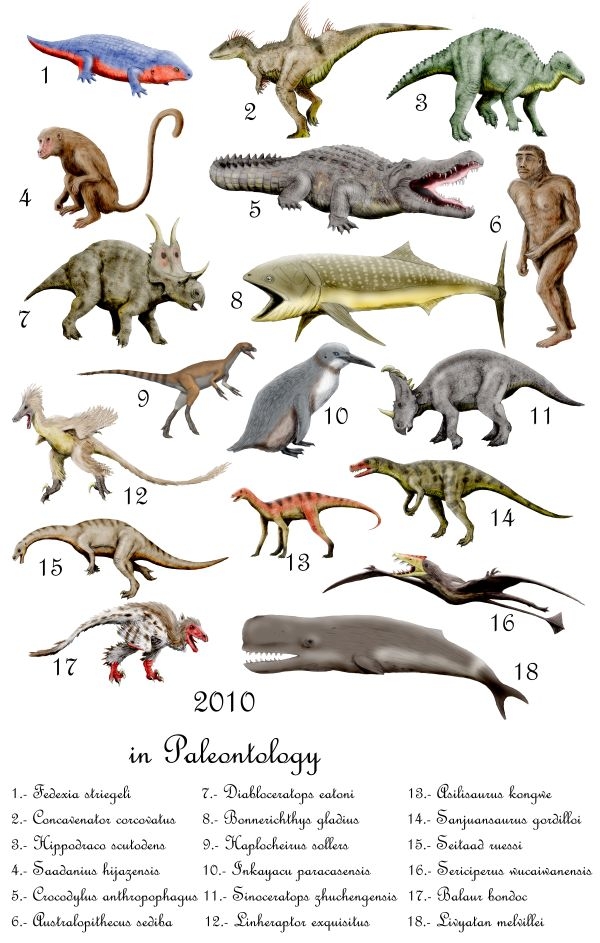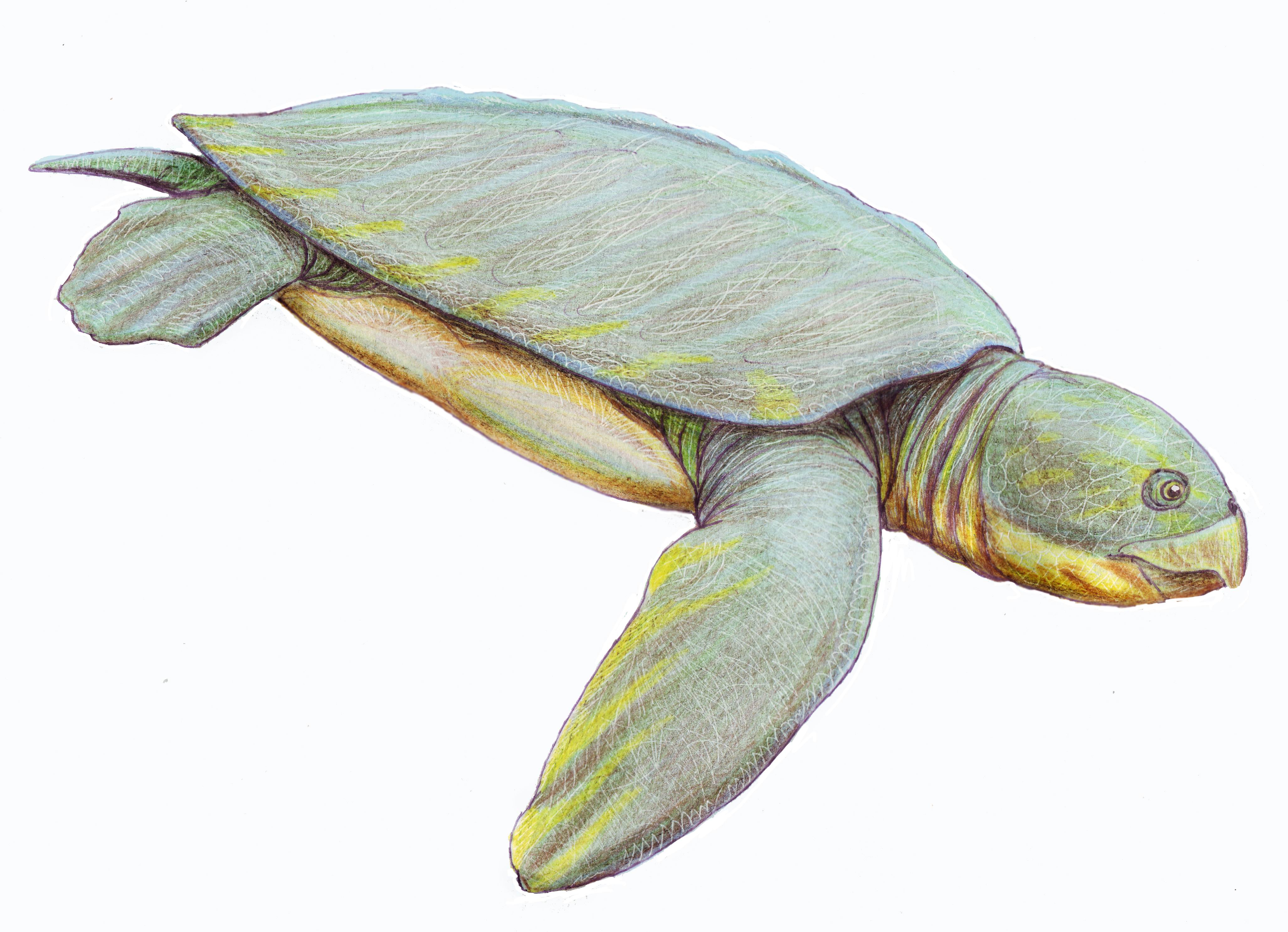|
Pacifichelys
''Pacifichelys'' is an extinct genus of sea turtle from the Middle Miocene of Peru ( Pisco Formation) and California (Temblor Formation).''Pacifichelys'' at .org It was first named by and Nicholas D. Pyenson in 2010, and the type species is ''Pacifichelys urbinai'' from Peru. ... [...More Info...] [...Related Items...] OR: [Wikipedia] [Google] [Baidu] |
Erquelinnesia
''Erquelinnesia'' is an extinct turtle genus from the Cretaceous period, which has been found in fossils. Paleontologist Louis Dollo first described this genus late 19th century from fossilized samples found in the layers of Upper Paleocene / Lower Eocene in Hainaut, Belgium, . ''Erquelinnesia'' lived between the Upper Cretaceous ( Maastrichtian , about 70.6 million years ago) and Lower Paleocene ( Danian (about 61.7 million years ago). Louis Dollo named his discovery as ''Pachyrhynchus gosseleti'' in 1886. However, in the following year, the nomenclature was changed by Dollo to ''Erquelinnesia gosseleti'' to resolve a conflict with another already existing generic name. Moreover, an additional species was attributed to the genus ''Erquelinnesia''. The North American species called ''Erquelinnesia molaria''that was known only from a fossilized mandible bone has subsequently re-categorized to the genus ''Euclastes''. In 2010, new remnants were found in South America. The newly ... [...More Info...] [...Related Items...] OR: [Wikipedia] [Google] [Baidu] |
Euclastes
''Euclastes'' is an extinct genus of sea turtles that survived the Cretaceous–Paleogene mass extinction. The genus was first named by Edward Drinker Cope in 1867, and contains three species. ''E. hutchisoni'', was named in 2003 but has since been reassigned to the genus ''Pacifichelys'', while ''E. coahuilaensis'' named in 2009 was reassigned as '' Mexichelys coahuilaensis'' in 2010. Description Unlike the sea turtles ''Toxochelys'' and ''Eochelone'', ''Euclastes'' has a secondary palate. However, the secondary palate of ''Euclastes'' is not as extensive as it is in ''Ctenochelys'' and ''Angolachelys''. The genus can be distinguished by later sea turtles based on its broad, low skull; broad, flat palate; wide, flat dentary bone with an elongated symphysis; and low tomial ridge on the beak. The widened palate and dentaries give ''Eochelone'' wide, flat jaws suitable for crushing hard-shelled organisms. Classification Species * †''E. acutirostris'' * †''E. platyops' ... [...More Info...] [...Related Items...] OR: [Wikipedia] [Google] [Baidu] |
Pisco Formation
The Pisco Formation is a geologic formation located in Peru, on the southern coastal desert of Ica and Arequipa. The approximately thick formation was deposited in the Pisco Basin, spanning an age from the Middle Miocene up to the Early Pleistocene, roughly from 15 to 2 Ma. The tuffaceous sandstones, diatomaceous siltstones, conglomerates and dolomites were deposited in a lagoonal to near-shore environment, in bays similar to other Pacific South American formations as the Bahía Inglesa and Coquimbo Formations of Chile. Several specialists consider the Pisco Formation one of the most important Lagerstätten,Brand et al., 2004Brand et al., 2011 based on the large amount of exceptionally preserved marine fossils, including sharks (most notably megalodon), penguins, whales, dolphins, birds, marine crocodiles and aquatic giant sloths. Famous fossils found in these layers include the giant raptorial sperm whale ''Livyatan'',Lambert et al., 2010 the aquatic sloth '' Thalassocnu ... [...More Info...] [...Related Items...] OR: [Wikipedia] [Google] [Baidu] |
Mexichelys
''Mexichelys'' is an extinct monotypic genus of sea turtle which lived in Mexico during the Cretaceous. The only species is ''Mexichelys coahuilaensis''. ''Mexichelys'' was erected in 2010 as a replacement name for '' Euclastes coahuilaensis'', a species named in 2009. Cladogram based on Lynch and Parham (2003) and Parham and Pyenson (2010): References External links ''Mexichelys''in the Paleobiology Database The Paleobiology Database is an online resource for information on the distribution and classification of fossil animals, plants, and microorganisms. History The Paleobiology Database (PBDB) originated in the NCEAS-funded Phanerozoic Marine Paleo ... {{Cheloniidae Late Cretaceous turtles of North America Cheloniidae Fossil taxa described in 2010 Fossils of Mexico Prehistoric turtle genera Extinct turtles Monotypic prehistoric reptile genera ... [...More Info...] [...Related Items...] OR: [Wikipedia] [Google] [Baidu] |
Temblor Formation
The Temblor Formation is a geologic formation in California. It preserves fossils dating back from the Late Oligocene to the Middle Miocene of the Neogene period. It is notable for the famous Sharktooth Hill deposit (otherwise known as Ernst Quarry). Fossils Vertebrates Cartilagenous fishes = Sharks = * ''Carcharias'' * '' Cephaloscyllium'' * '' Cetorhinus'' * †'' Carcharocles megalodon'' Boessenecker, Ehret, D, Long, D, Churchill, M, Martin, E, Boessenecker, S. The Early Pliocene extinction of the mega-toothed shark ''Otodus megalodon'': a view from the eastern north Pacific. PeerJ. 2019 Feb 13;7:e6088. doi: 10.7717/peerj.6088. eCollection 2019. * †'' Galeocerdo aduncus'' * †'' Hemipristis serra'' * '' Heterodontus'' * '' Hexanchus'' * †''Isurus desori'' * †''Isurus hastalis'' * †'' Isurus planus''Malchow, A. 2009. MIOCENE SHARK TOOTH HILL LOCALITY, KERN COUNTY, CALIFORNIA. Geological Society of America North-Central Section - 43rd Annual Meeting (2-3 Apr ... [...More Info...] [...Related Items...] OR: [Wikipedia] [Google] [Baidu] |
Cheloniidae
Cheloniidae is a family of typically large marine turtles that are characterised by their common traits such as, having a flat streamlined wide and rounded shell and almost paddle-like flippers for their forelimbs. They are the only sea turtles to have stronger front limbs than back limbs. The six species that make up this family are: the green sea turtle, loggerhead sea turtle, olive ridley sea turtle, hawksbill sea turtle, flatback sea turtle and the Kemp's ridley sea turtle. Morphology In contrast to their earth-bound relatives, tortoises, sea turtles do not have the ability to retract their heads into their shells. Their plastron, which is the bony plate making up the underside of a turtle or tortoise's shell, is comparably more reduced from other turtle species and is connected to the top part of the shell by ligaments without a hinge separating the pectoral and abdominal plates of the plastron. Sizes among the seven species of sea turtles range from 71 to 213 cm; for ex ... [...More Info...] [...Related Items...] OR: [Wikipedia] [Google] [Baidu] |
2010 In Paleontology
Plants Angiosperms Molluscs Newly named bivalves Arthropods Fishes Amphibians Newly named amphibians Basal reptiles Newly named basal reptiles Ichthyopterygians Newly named ichthyopterygians Lepidosauromorphs Newly named plesiosaurs Newly named basal lepidosaurs Newly named lizards Newly named snakes Turtles Newly named turtles Archosauromorphs Newly named basal archosauromorphs Archosaurs Synapsids Newly named non-mammalian synapsids Mammals Other animals Footnotes Complete author list As science becomes more collaborative, papers with large numbers of authors are becoming more common. To prevent the deformation of the tables, these footnotes list the contributors to papers that erect new genera and have many authors. References {{Reflist, 2 2010 in paleontology, ... [...More Info...] [...Related Items...] OR: [Wikipedia] [Google] [Baidu] |
Chelonioidea
Sea turtles (superfamily Chelonioidea), sometimes called marine turtles, are reptiles of the order Testudines and of the suborder Cryptodira. The seven existing species of sea turtles are the flatback, green, hawksbill, leatherback, loggerhead, Kemp's ridley, and olive ridley sea turtles. All six of the sea turtle species present in US waters (all of those listed above except the flatback) are listed as endangered and/or threatened under the Endangered Species Act. The seventh sea turtle species is the flatback, which exists in the waters of Australia, Papua New Guinea and Indonesia. Sea turtles can be separated into the categories of hard-shelled (cheloniid) and leathery-shelled ( dermochelyid).Wyneken, J. 2001. The Anatomy of Sea Turtles. U.S Department of Commerce NOAA Technical Memorandum NMFS-SEFSC-470, 1-172 pp. There is only one dermochelyid species which is the leatherback sea turtle. Description For each of the seven types of sea turtles, females and males are the ... [...More Info...] [...Related Items...] OR: [Wikipedia] [Google] [Baidu] |
Puppigerus
''Puppigerus'' is an extinct genus of sea turtle from the Eocene. It is known from finds in the United States, the United Kingdom, Belgium, Denmark, and Uzbekistan. Taxonomy ''Puppigerus'' was described by Edward Drinker Cope in 1870. As of 1997, ''P. camperi'' and ''P. crassicostata'' were considered the two valid species. ''P. camperi'' was later thought to be the sole species of the genus until the 2005 discovery of ''P. nessovi'' from Uzbekistan. Description Fossils show that ''Puppigerus'' was around long, and its weight has been estimated as being somewhere around . Although cheloniids such as ''Puppigerus'' first appeared during the Cretaceous, several traits of this genus give it more of a resemblance to modern cheloniids: its "huge" eyes pointed sideways rather than upward, unlike more primitive cheloniids, and its shell was completely ossified. The pygal (rearmost plate of the upper shell) also lacked the notch seen in earlier cheloniids. It was a herbivore, living ... [...More Info...] [...Related Items...] OR: [Wikipedia] [Google] [Baidu] |
Cladogram
A cladogram (from Greek ''clados'' "branch" and ''gramma'' "character") is a diagram used in cladistics to show relations among organisms. A cladogram is not, however, an evolutionary tree because it does not show how ancestors are related to descendants, nor does it show how much they have changed, so many differing evolutionary trees can be consistent with the same cladogram. A cladogram uses lines that branch off in different directions ending at a clade, a group of organisms with a last common ancestor. There are many shapes of cladograms but they all have lines that branch off from other lines. The lines can be traced back to where they branch off. These branching off points represent a hypothetical ancestor (not an actual entity) which can be inferred to exhibit the traits shared among the terminal taxa above it. This hypothetical ancestor might then provide clues about the order of evolution of various features, adaptation, and other evolutionary narratives about an ... [...More Info...] [...Related Items...] OR: [Wikipedia] [Google] [Baidu] |
Prehistoric Turtle Genera
Prehistory, also known as pre-literary history, is the period of human history between the use of the first stone tools by hominins 3.3 million years ago and the beginning of recorded history with the invention of writing systems. The use of symbols, marks, and images appears very early among humans, but the earliest known writing systems appeared 5000 years ago. It took thousands of years for writing systems to be widely adopted, with writing spreading to almost all cultures by the 19th century. The end of prehistory therefore came at very different times in different places, and the term is less often used in discussing societies where prehistory ended relatively recently. In the early Bronze Age, Sumer in Mesopotamia, the Indus Valley Civilisation, and ancient Egypt were the first civilizations to develop their own scripts and to keep historical records, with their neighbors following. Most other civilizations reached the end of prehistory during the following Iron Age ... [...More Info...] [...Related Items...] OR: [Wikipedia] [Google] [Baidu] |
Eochelone
''Eochelone'' is an extinct genus of sea turtle from the late Eocene. It was first named by Dollo in 1903. Its type species is ''E. brabantica''. References Professor Paul's Guide to Reptiles''Eochelone''in the Paleobiology Database The Paleobiology Database is an online resource for information on the distribution and classification of fossil animals, plants, and microorganisms. History The Paleobiology Database (PBDB) originated in the NCEAS-funded Phanerozoic Marine Paleo ... * * Chelonioidea Eocene turtles Fossils of Denmark Prehistoric turtle genera Monotypic prehistoric reptile genera {{paleo-turtle-stub ... [...More Info...] [...Related Items...] OR: [Wikipedia] [Google] [Baidu] |







